Hello, worldmappin #community
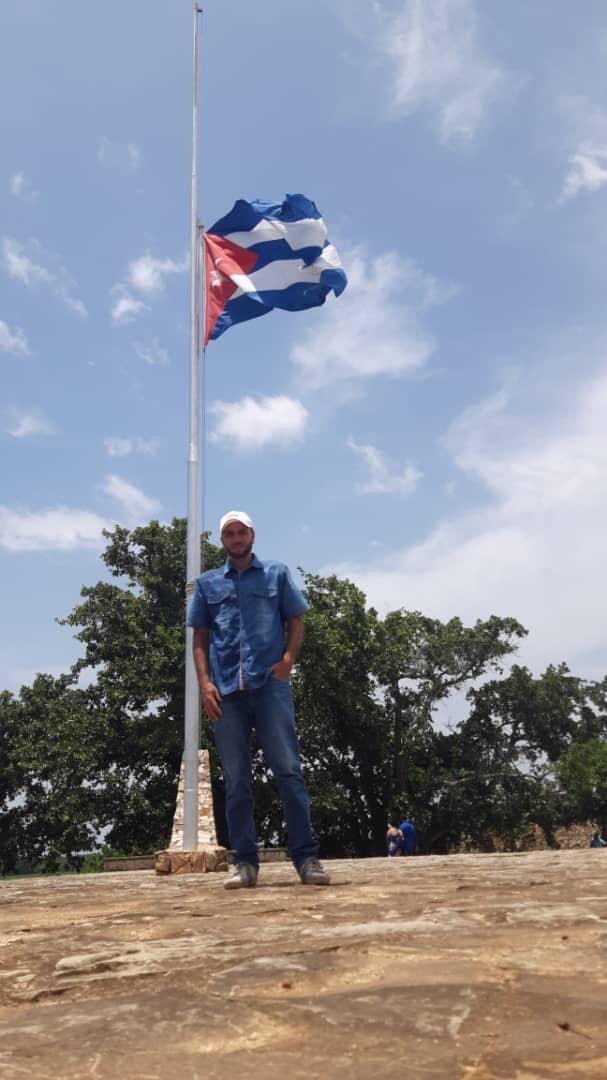
As you saw in my previous post, Manzanillo is a beautiful town. But, above all, it is closely linked to Cuban history and culture. Today I will try to show you some of what I saw on my trip to this beautiful place.
Yesterday I did not show you where I stayed. Although Manzanillo has excellent rental houses, the event organizers put us up at the Guacanayabo hotel.Hello, #worldmappin community
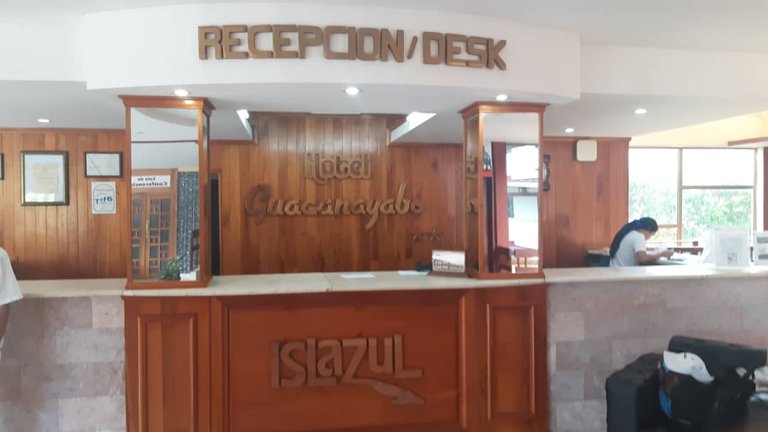
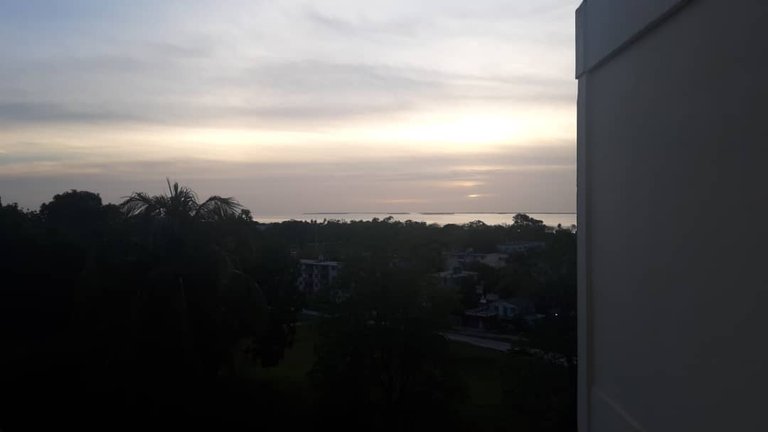
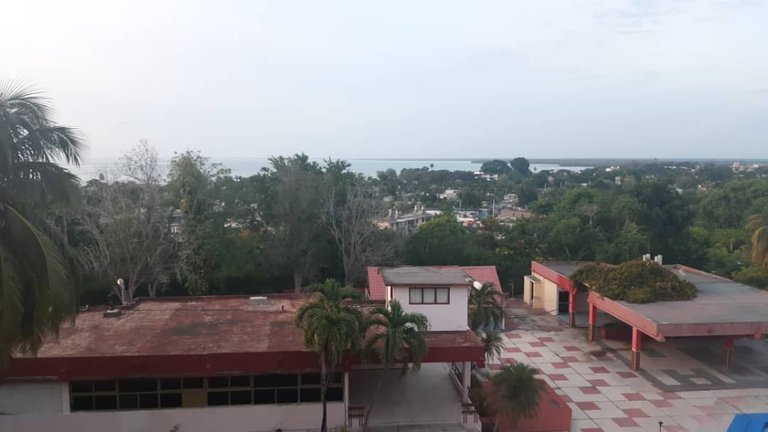
It is a two-star hotel, but what it lacks in luxury, it makes up for with beautiful views of the gulf that gives the hotel its name. The rooms are comfortable and the staff's attention makes us feel like when we were little and we went to our grandparents' house. That's how pampered and cared for I was.
The morning was busy. They took us to a street to do a community activity to salute the artist, the distinguished writer of Manzanillo: Manuel Navarro Luna. After hearing more about the life of this poet, I understood why there was so much social poetry in that municipality.
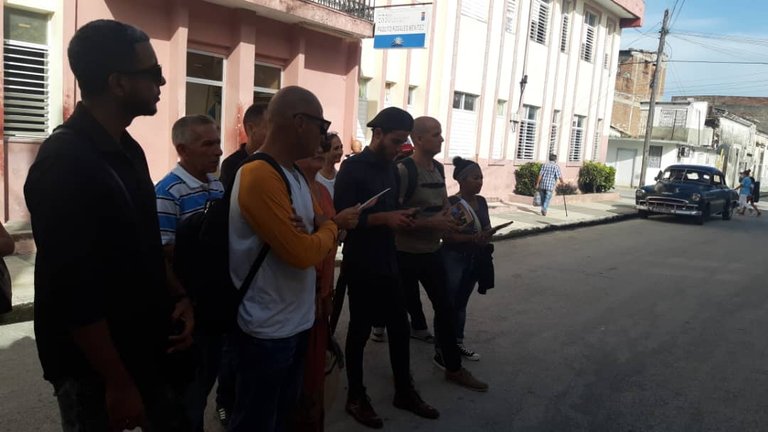
It turns out that Manuel Navarro Luna was the author of the book Surco, in 1928. This was an avant-garde book in what would become the social poetry movement in Cuba.
Then we went to the “Manuel Navarro Luna” Vocational School of Art to meet the young students. The Lute student, Daniela, and her teacher agreed that I should photograph her to document this moment.
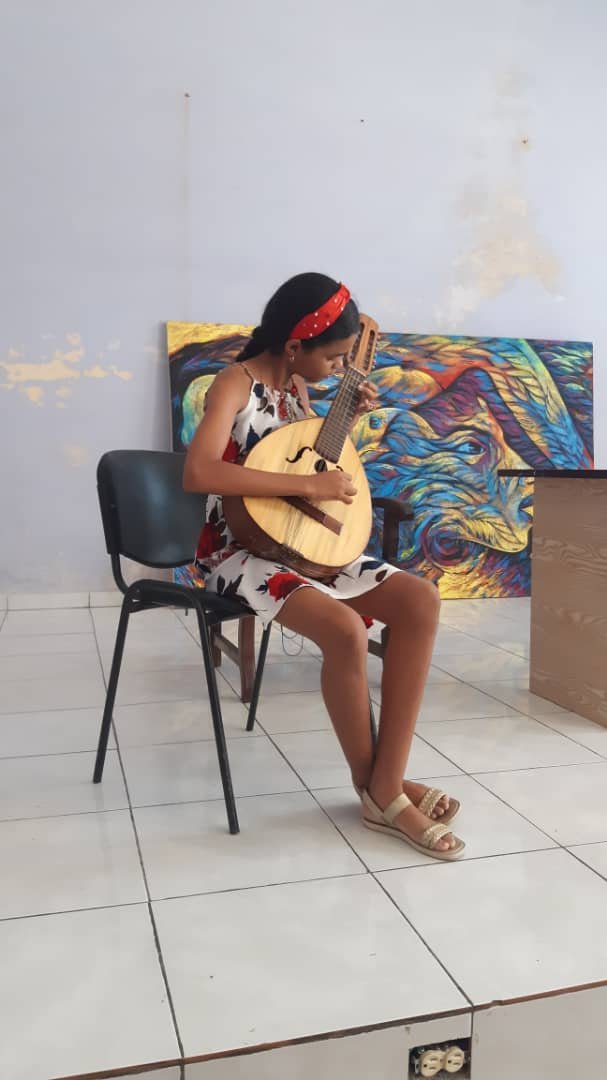
She played two movements of a baroque suite by Bach in E major.
For lunch we went to the restaurant “Las Américas”, which specializes in the classic dish of Manzanillo: liseta.
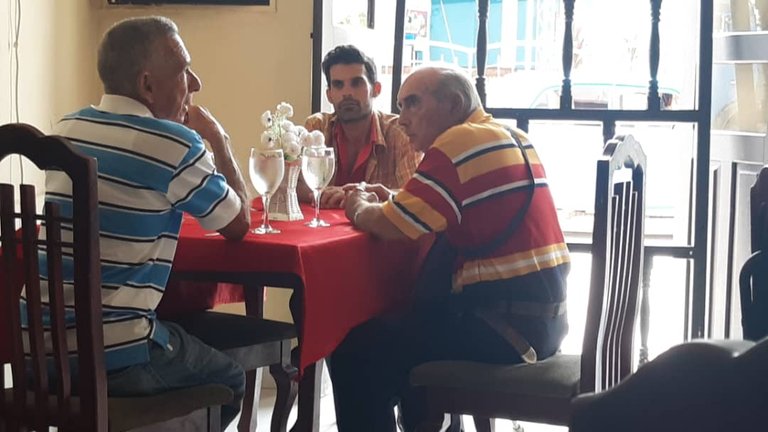
//:# (!worldmappin 20.34547 lat -77.11941 long Restaurante Las Américas d3scr)
Legend has it that whoever eats the head of the liseta, returns to Manzanillo and stays there to live. In other words, they will fall in love in Manzanillo.
Well, I don't think I ate the head of the liseta, but I fell in love with Manzanillo.
Of course we had our book presentations and readings at a pedagogical school and at the UNEAC headquarters in Manzanillo.
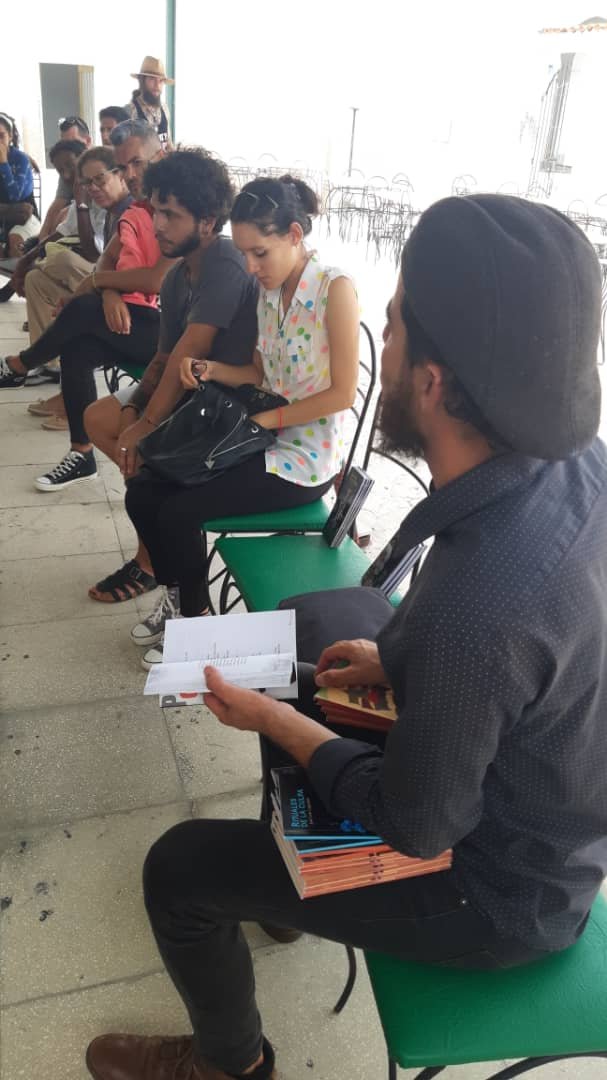
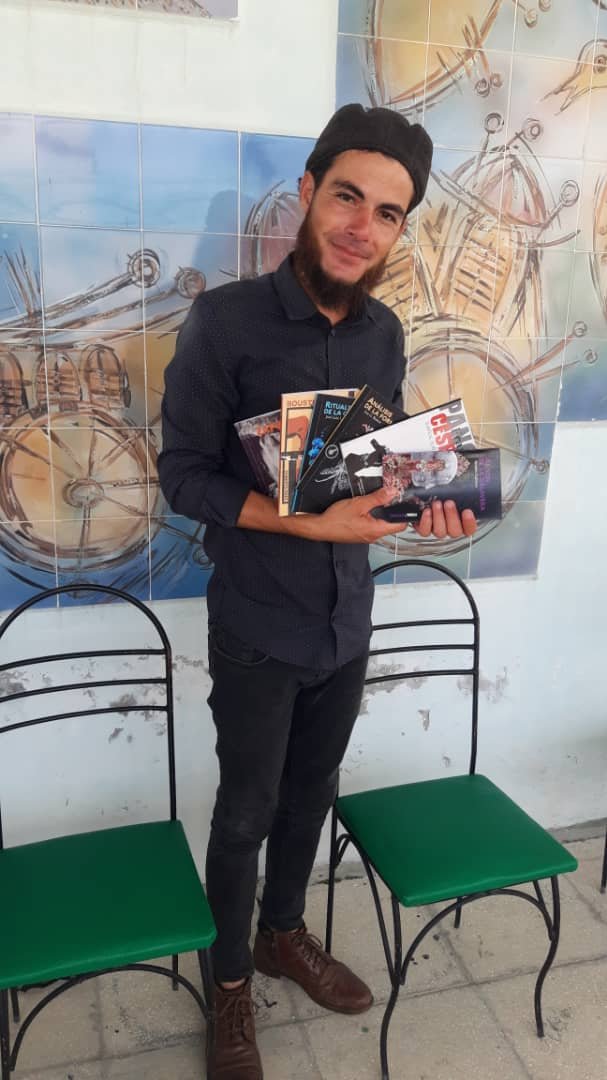
But that was work, let's get back to the fun. That's the most interesting part of all and here comes the good stuff.
In Manzanillo, precisely in this house on the corner of Merchan and Masó, the new trova movement emerged in Cuba.

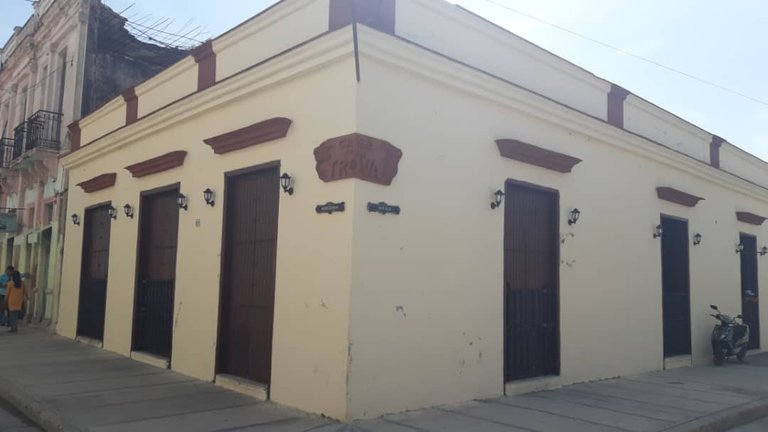
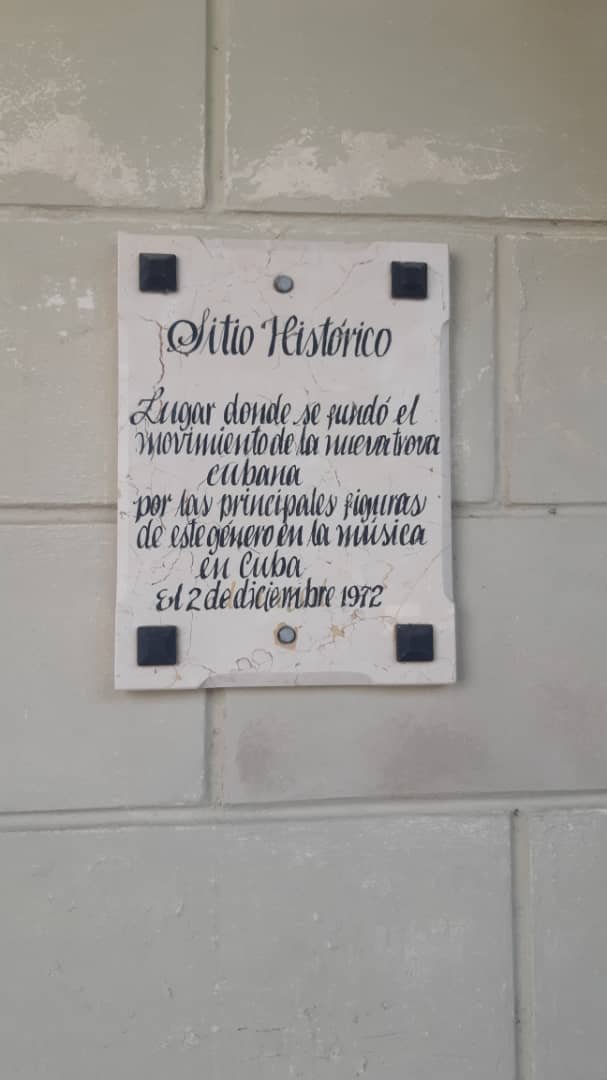
Movement founded by musicians of the stature of Leo Brouwer, Silvio Rodríguez, Pablo Milanés, Sergio Vitier, Noel Nicola, Leonardo Acosta, Eduardo Ramos and Leoginaldo Pimentel.
This, without a doubt, marked a before and after in the Cuban musical movement.
Another interesting fact is that the concert artist @elviguitarra received, in 2023, the medal for the 50th anniversary of the new trova movement.
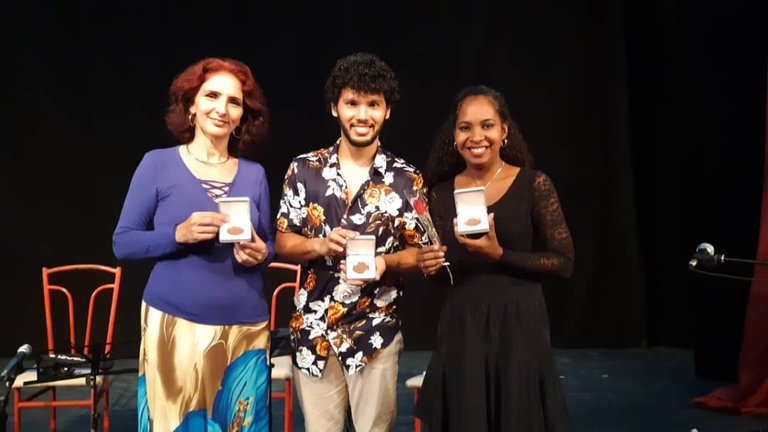
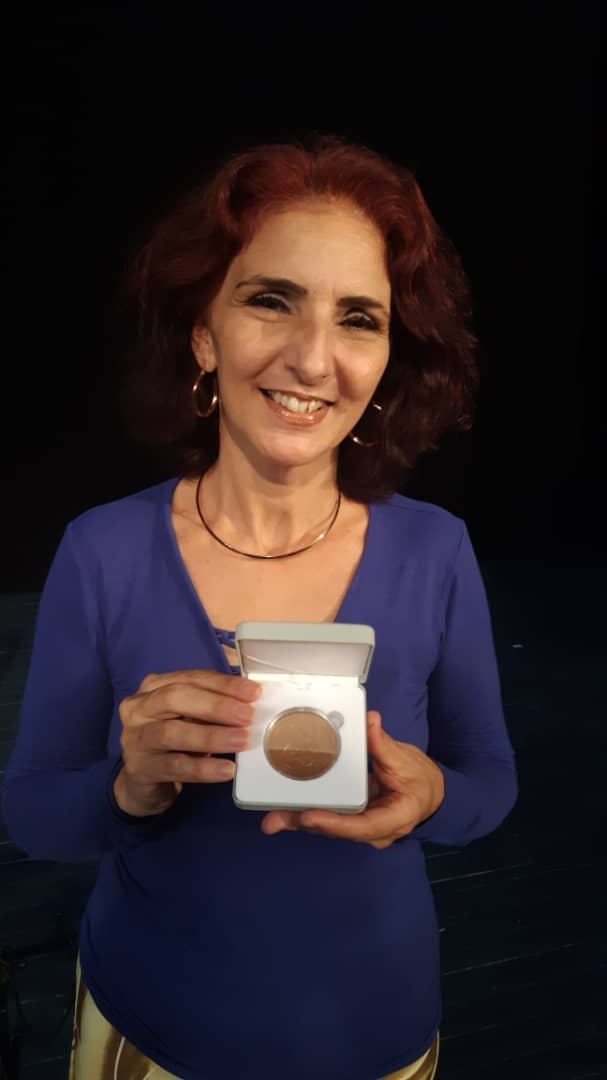
Then we got on a bus and they took us to the two star sites of this trip, in my opinion.
The first stop was in the municipality of Troya.
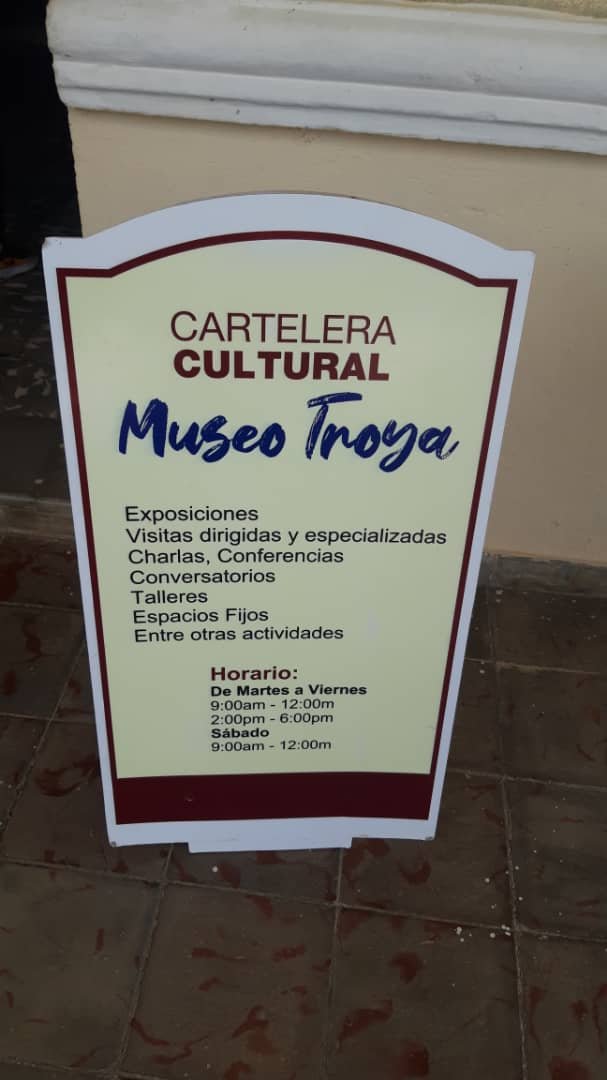
Just as you read: Troy, just like in the Iliad.
This is a poor, small town far from everything. Almost from civilization. Here, because it doesn't reach, there is hardly even a mobile phone signal. It is a place of digital silence.
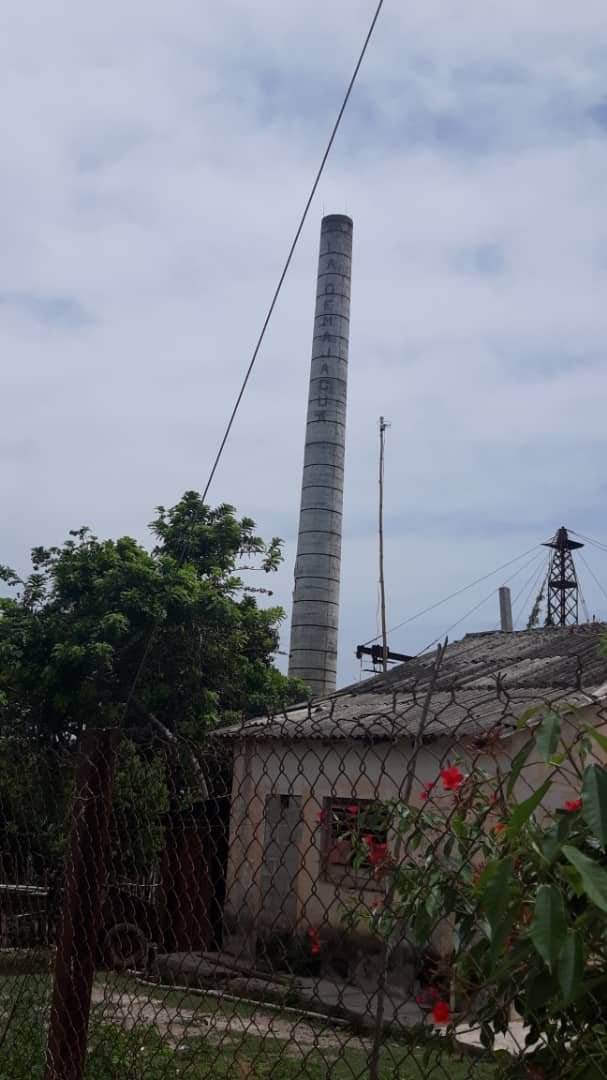
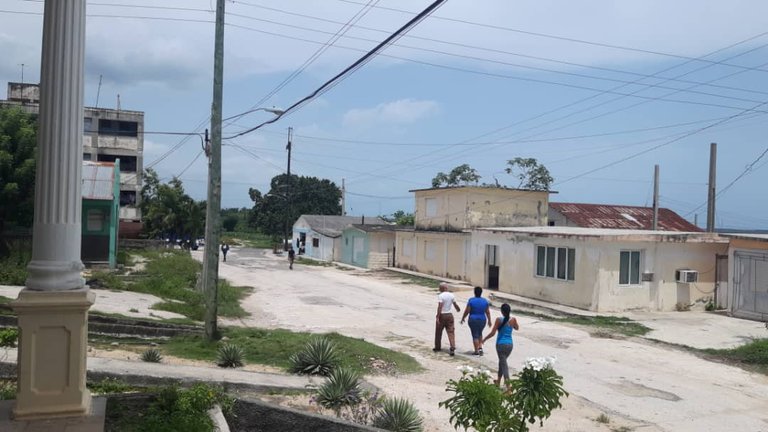
This tower you see there is the chimney of the “Las Américas” sugar mill, the main source of income for the Trojans. (It sounds strange to hear this, but yes, they are Trojans)
Most of the cultural activity takes place here at the Troy Museum; and of course, ours also took place here. But not before taking a tour of the pieces on display from the old “Salvador” sugar mill and other historical objects.
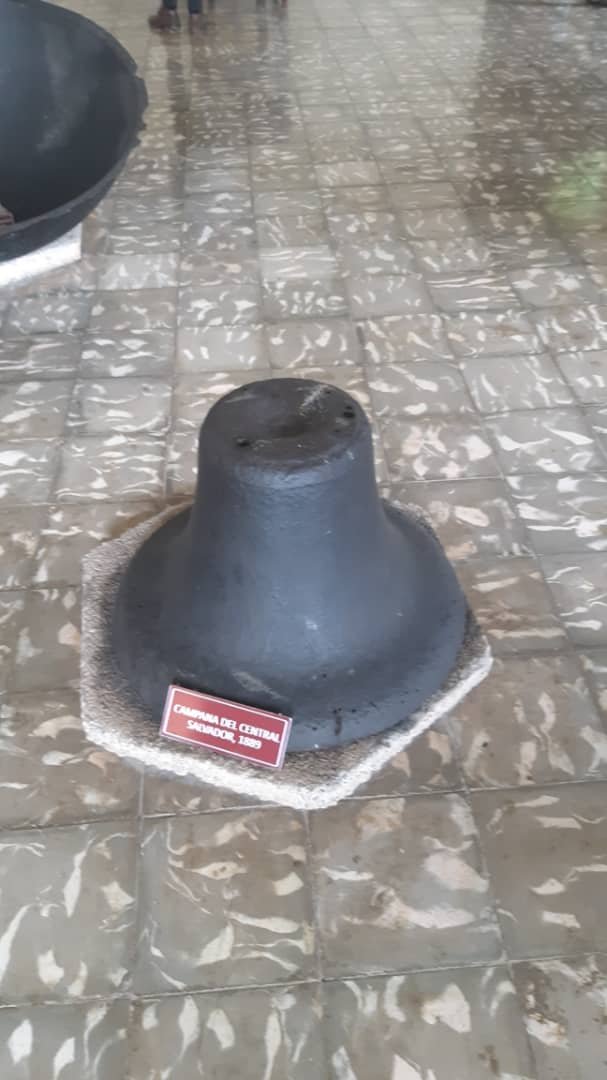
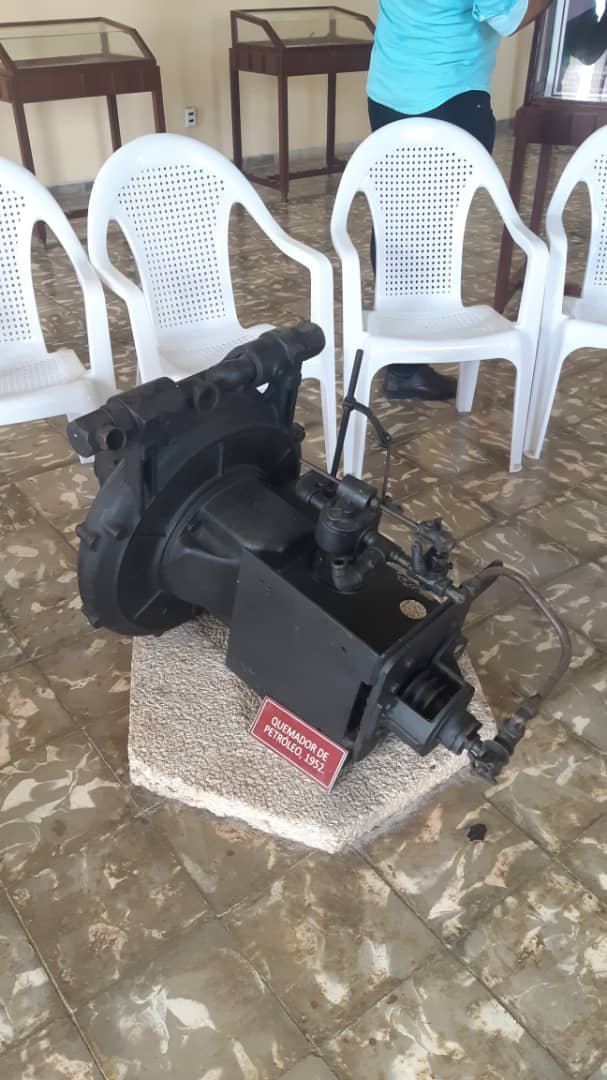
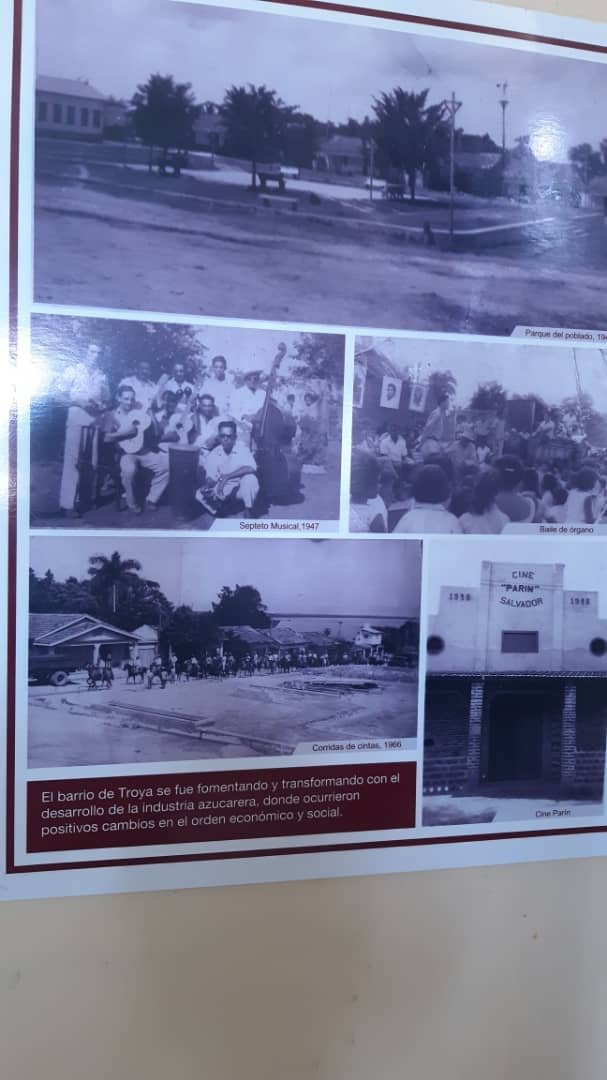
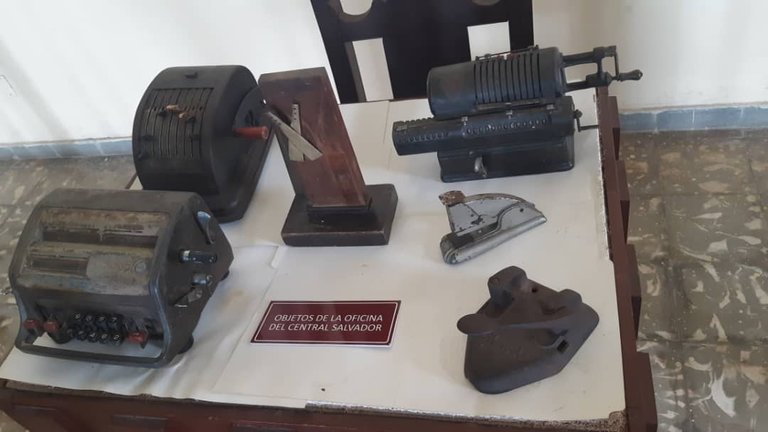
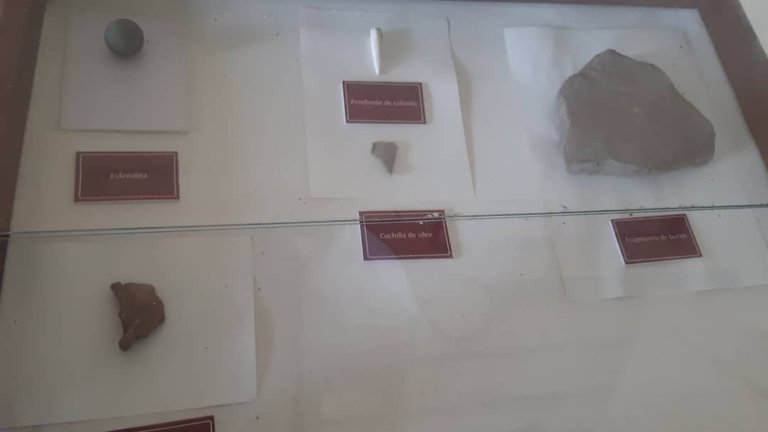
![] (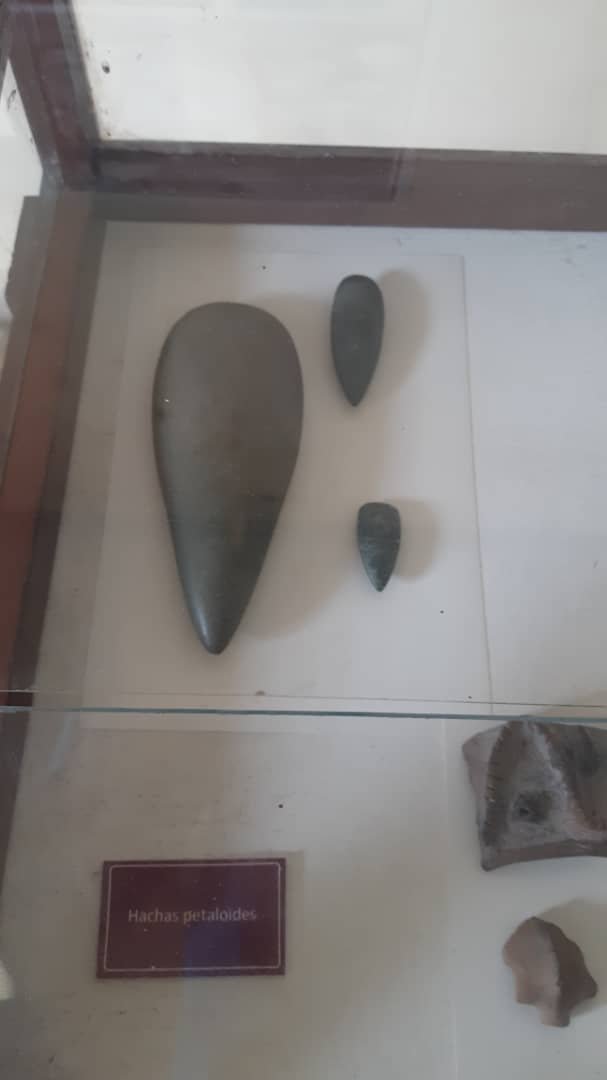 )
)
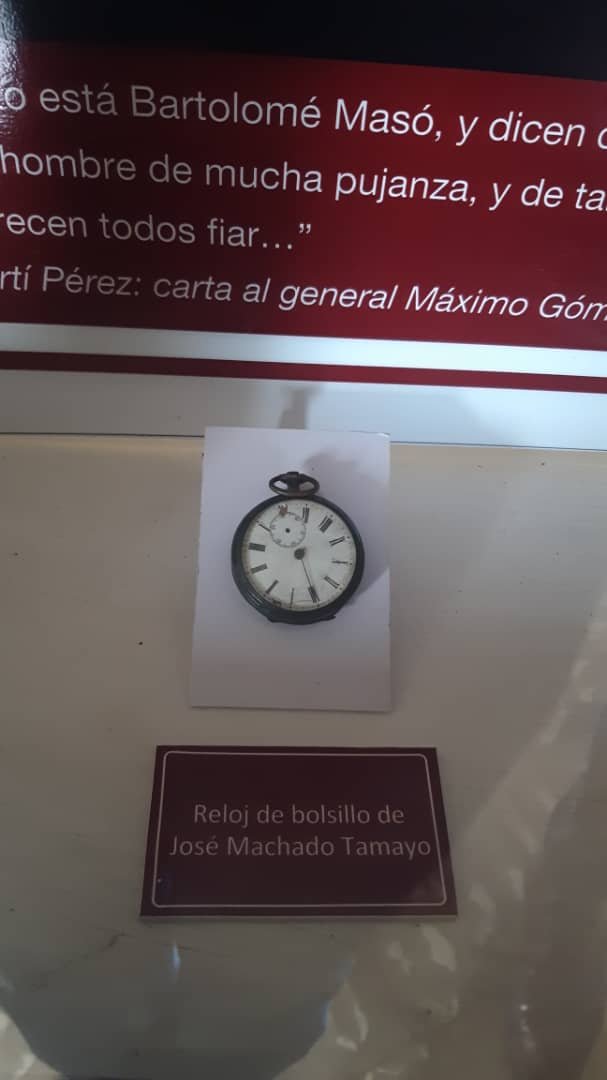
See How well preserved this 1 peso bill from 1959 is.
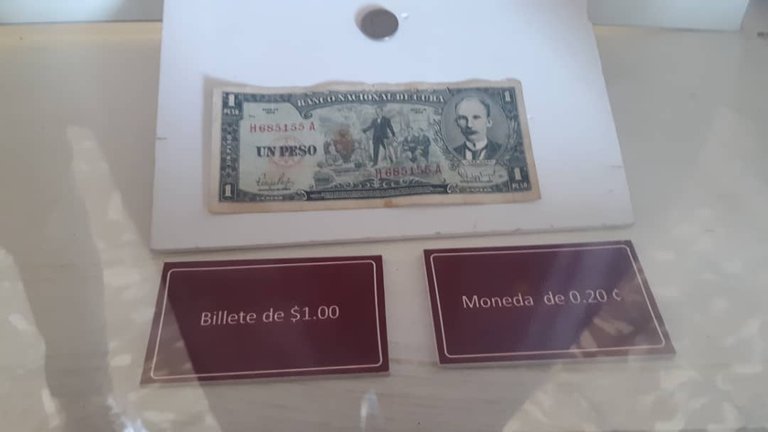
And, to conclude the trip, they took us to the main course: La Demajagua.
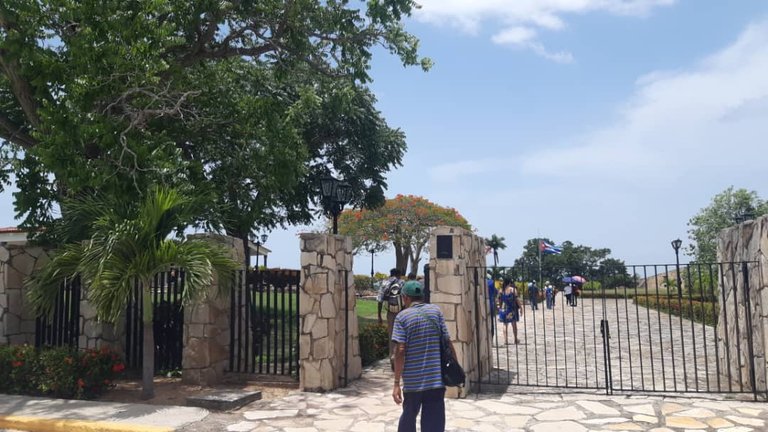
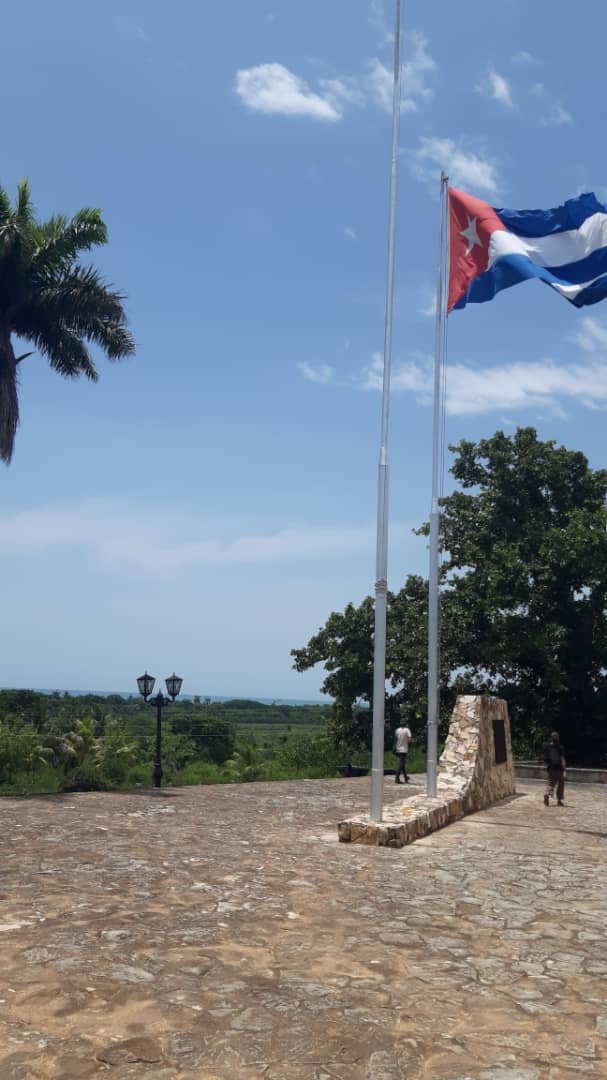
Every Cuban knows the importance of this place. This is where the Cuban war of independence began in 1868, precisely on October 10. In this museum, there used to be the sugar mill of Carlos Manuel de Céspedes, who gave freedom to his slaves and raised Cuba in arms.

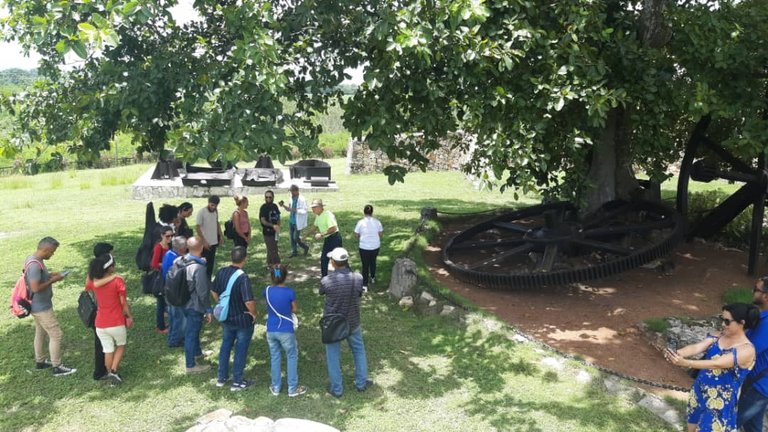
The historian of “La Demajagua” told us the history of that museum and of these pieces that you see here.
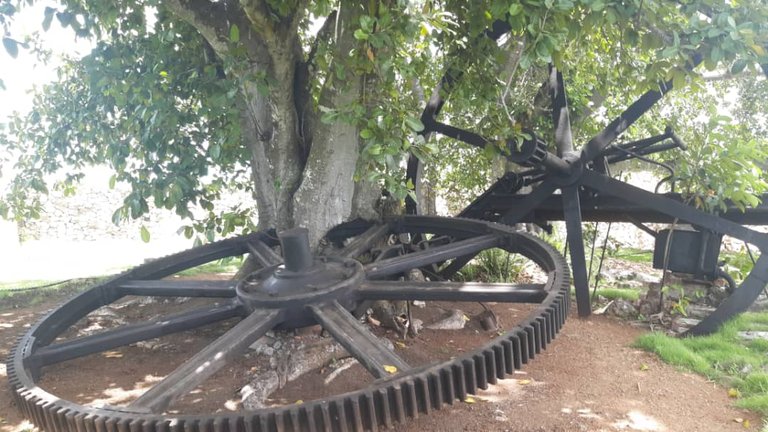
The cogwheel belonged to the machinery of the sugar mill, which, when it was bombed by the Spanish, was left on the ground, where a tree grew and embraced it.
It grew, absorbing the wheel. Then, that tree had a child and died. The child is the one you see in the photo, taking the place of the previous and original tree.
Without a doubt, it is something amazing and of immense spiritual significance.
This one here next to me is the bell of the sugar mill.
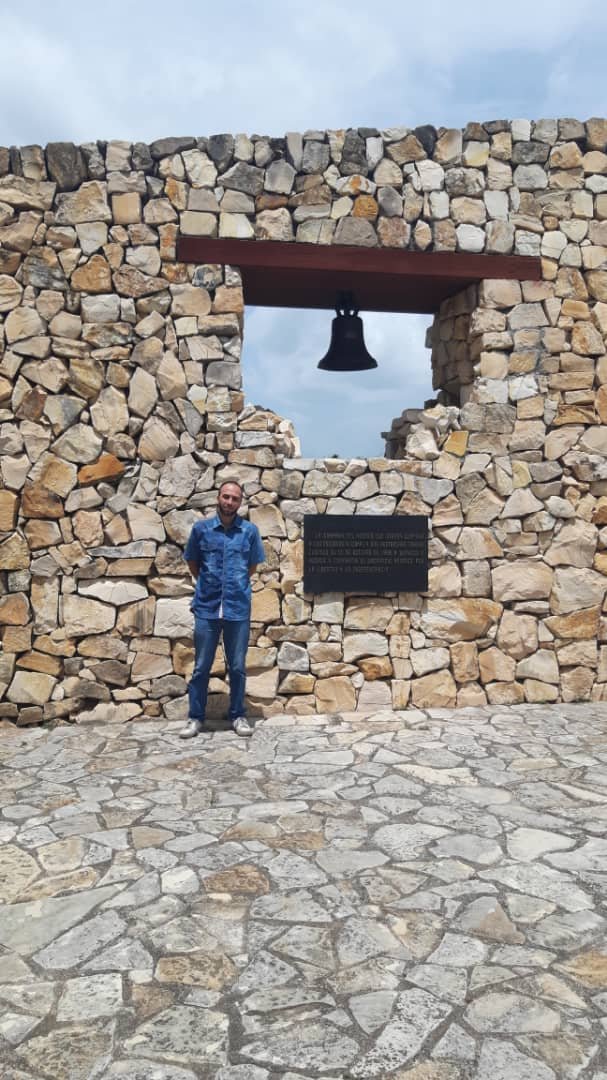

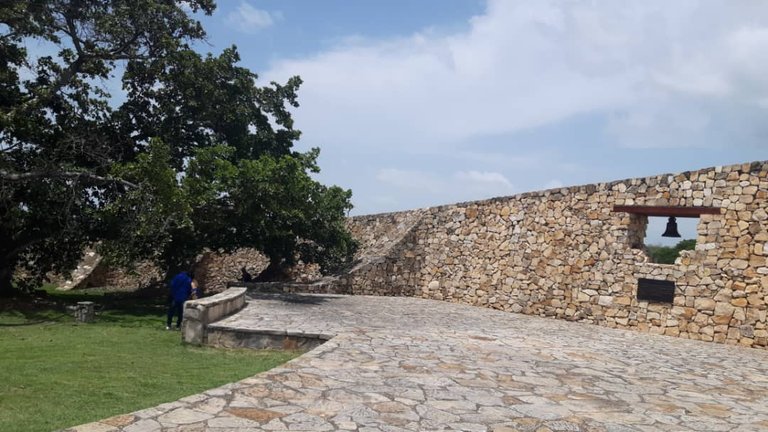
It remained intact. She called the slaves to work, and then, on October 10, she called them to receive their freedom and begin the fight.
Here are some plaques that explain part of the activity of the “La Demajagua” sugar mill
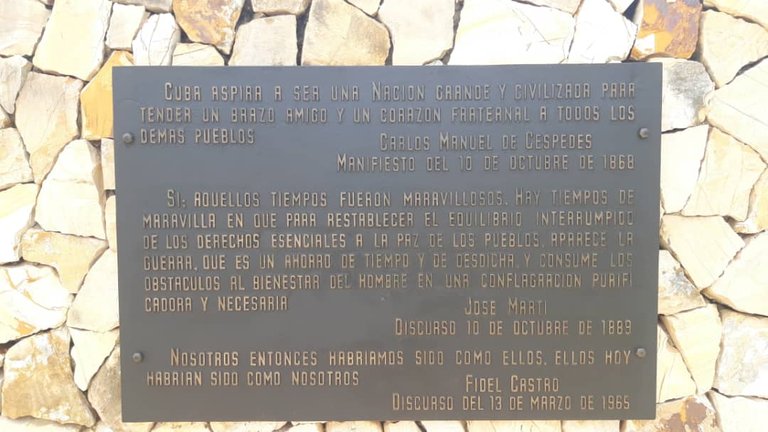
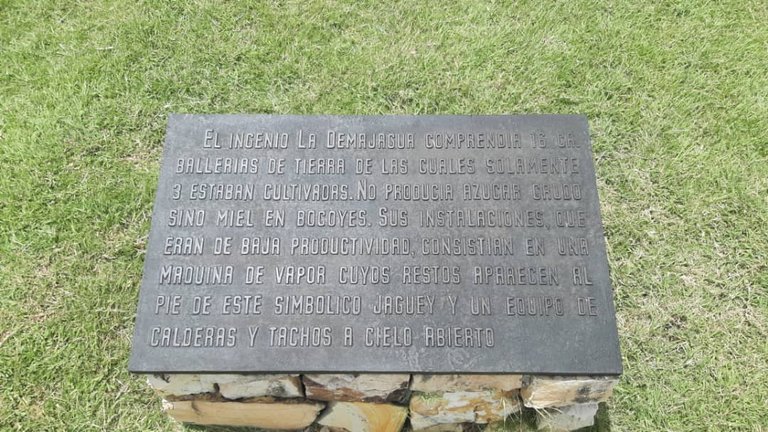
This palm was planted by Arnaldo Tamayo on January 8, 1981. Arnaldo was the first Latin American to travel to space.
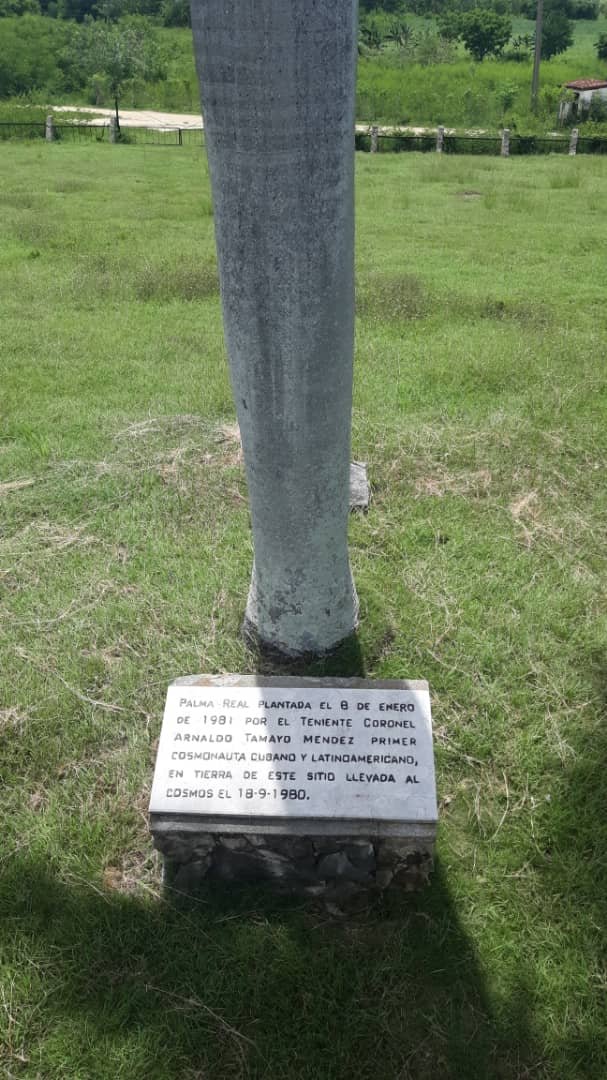
Here we see some items from the museum, in the house prepared for the protocol. Such as the first flag used by the mambises and an oil painting by Carlos Manuel de Céspedes.
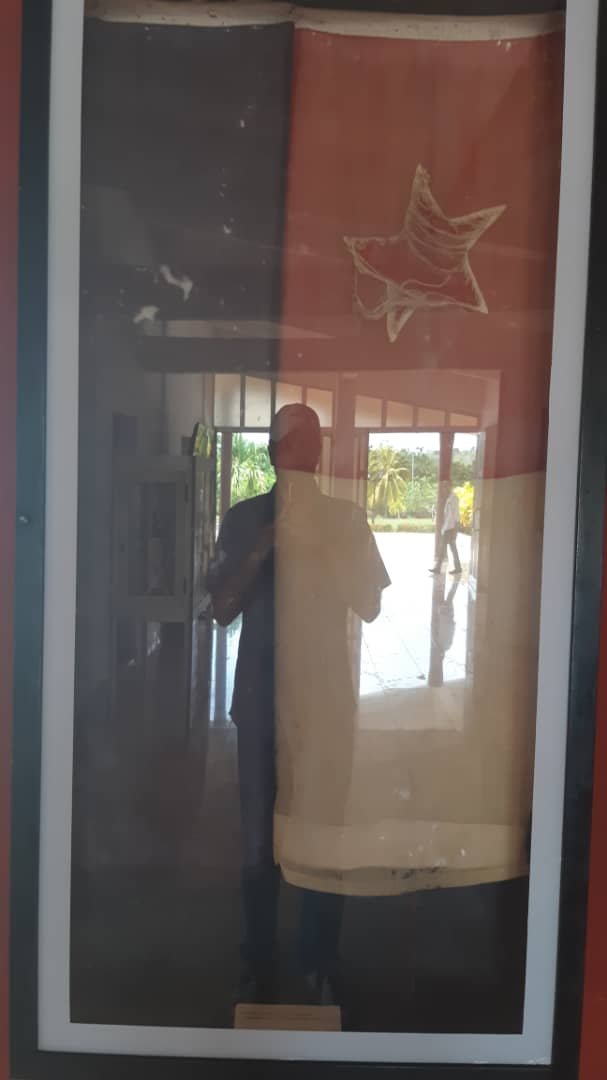
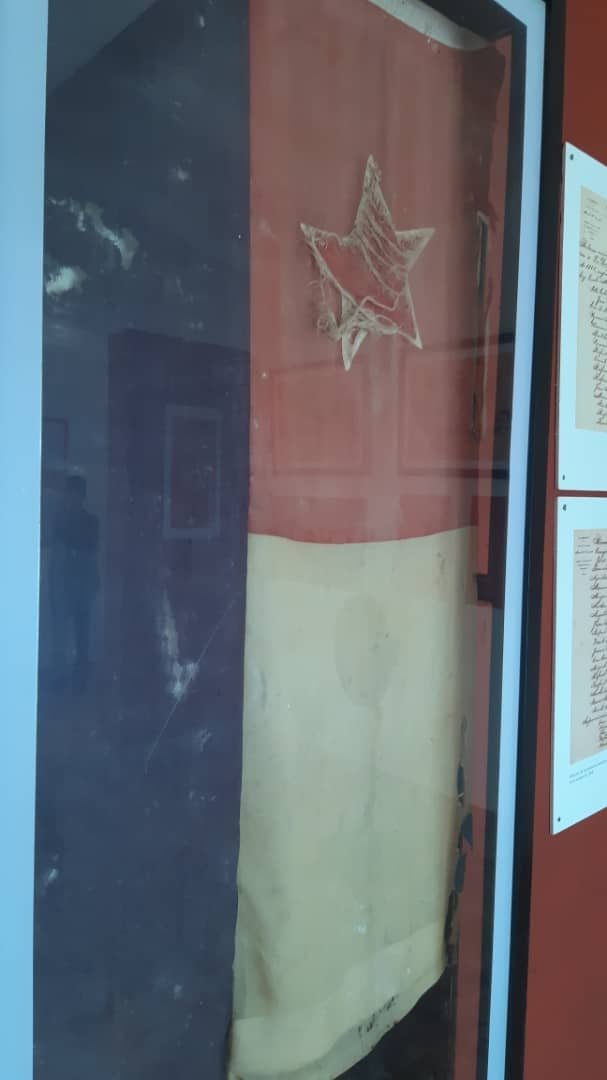
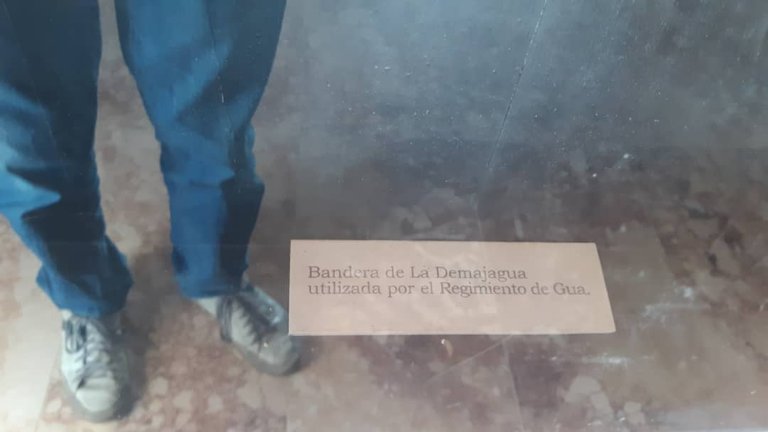
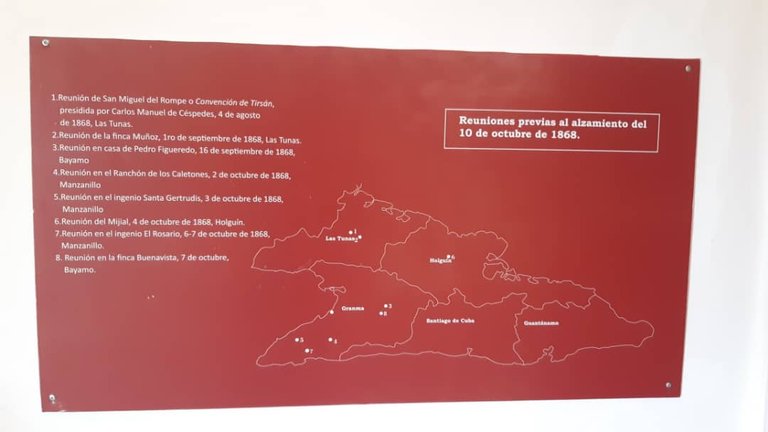
Look at the beauty of stained glass. This stained glass represents freedom, the fight for our independence.
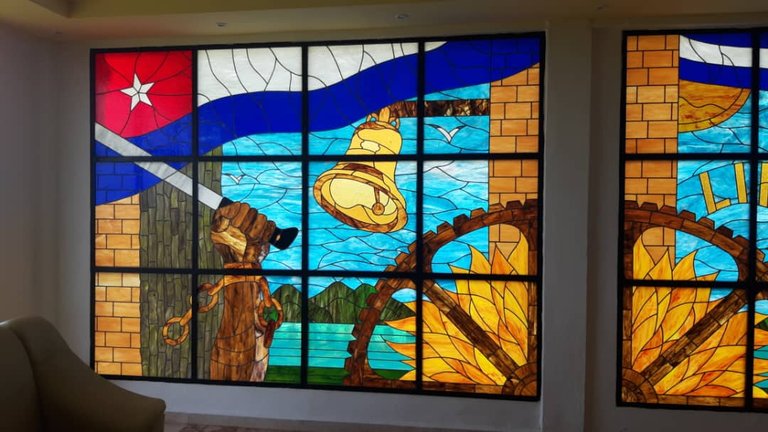
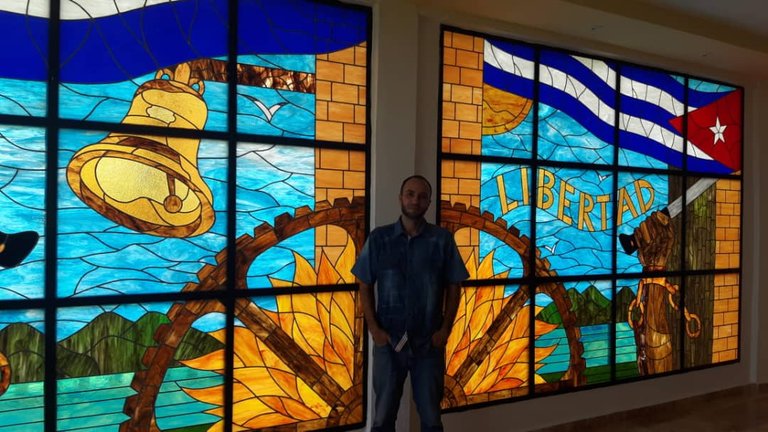
There is no doubt that “La Demajagua” and Manzanillo, above all, is a beautiful place.
Versión en español
Hola, #comunidad de @worldmappin

Como vieron en mi post anterior, Manzanillo es un pueblo hermoso. Pero, sobre todas las cosas, está muy vinculado a la historia y a la cultura cubana. Hoy trataré de mostrarle algo de lo que vi en mi viaje a este hermoso lugar.
Ayer no les mostré dónde me hospedé. Aunque Manzanillo tiene excelentes casas de rentas, los organizadores del evento nos hospedaron en el hotel Guacanayabo.Hola, #comunidad de @worldmappin



Es un hotel de dos estrellas, pero lo que le falta de lujos, lo compensa con hermosas vistas al golfo que le da nombre al hotel. Las habitaciones son cómodas y la atención del personal, hacen que nos sintamos como cuando éramos pequeños e íbamos a casa de los abuelos. Así de mimado y atendido estaba.
La mañana estuvo movida. Nos llevaron a una calle para realizar una actividad comunitaria en saludo al artista, al escritor insigne de Manzanillo: Manuel Navarro Luna. Después de escuchar más sobre la vida de este poeta, entendí el por qué había tanta poesía social en aquel municipio.

Resulta ser que Manuel Navarro Luna fue el autor del libro Surco, en 1928. Este fue libro vanguardista en lo que sería el movimiento de la poesía social en Cuba.
Luego fuimos a la Escuela Vocacional de Arte “Manuel Navarro Luna” a conocer a los jóvenes estudiantes. La estudiante de Laúd, Daniela y su profesora estuvieron de acuerdo que la fotografiara para documentar este momento.

Ella tocó dos movimientos de una suite barroca de Bach en Mi mayor.
Para almorzar nos dirigimos al restaurante “Las Américas”, especializado en el plato clásico de Manzanillo: la liseta.

//:# (!worldmappin 20.34547 lat -77.11941 long Restaurante Las Américas d3scr)
Cuenta la leyenda que quien se coma la cabeza de la liseta, regresa a manzanillo y se queda allá a vivir. O sea, que se enamorará en Manzanillo.
Bueno, no creo haberme comido la cabeza de la liseta, pero me enamoré de Manzanillo.
Por supuesto que tuvimos nuestras presentaciones de libros y lecturas en una escuela pedagógica y en la sede de la UNEAC de Manzanillo.


Pero eso fue trabajo, volvamos al placer. Que es lo más interesante de todo y aquí viene lo bueno.
En Manzanillo, precisamente en esta casa de la esquina de Merchan y Masó, surgió el movimiento de la nueva trova en Cuba.



Movimiento fundado por músicos de la talla de Leo Brouwer, Silvio Rodríguez, Pablo Milanés, Sergio Vitier, Noel Nicola, Leonardo Acosta, Eduardo Ramos y Leoginaldo Pimentel.
Esto, sin duda alguna, marcó un antes y un después en el movimiento musical cubano.
Otro dato de interés, la concertista @elviguitarra recibió, en el 2023, la medalla por el 50 aniversario del movimiento de la nueva trova.


Luego nos montamos en un ómnibus y nos llevaron a los dos sitios estrella de este viaje, a mi entender.
La primera parada fue en el municipio de Troya.

Así mismo como leen: Troya, igual que en la Iliada.
Este es un municipio pobre, pequeño y alejado de todo. Casi que de la civilización. Aquí, por no llegar, no llega casi ni la señal de telefonía móvil. Es un lugar de silencio digital.


Esta torre que ven ahí es la chimenea del Central “Las Américas”, principal fuente de ingresos de los troyanos. (suena raro escucharlo, pero sí, son troyanos)
Aquí en el Museo de Troya es que se realiza la mayoría de la actividad cultural; y por supuesto, la nuestra también se dio aquí. Pero no sin antes dar un tour por las piezas en exposición del antiguo central “Salvador” y otros objetos históricos.


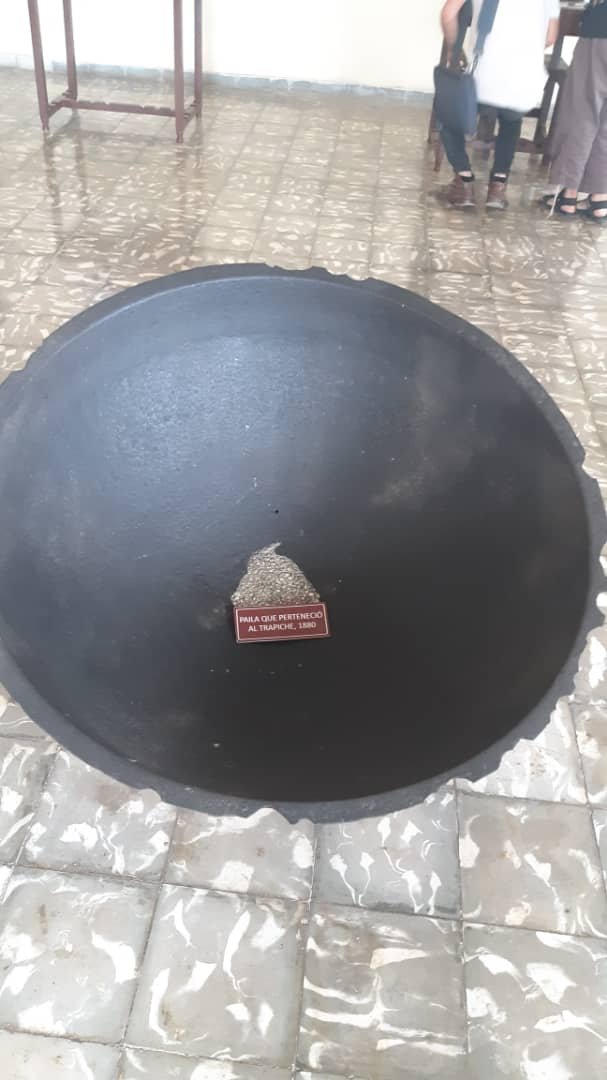





Vean lo bien conservado que está este billete de 1 peso, del año 1959.

Y, para concluir el viaje, nos llevaron al plato fuerte: La Demajagua.


Todo cubano sabe de la importancia de este lugar. Aquí fue donde comenzó, en 1868, precisamente el 10 de octubre, la guerra de independencia cubana.
En este museo, antes estaba el ingenio de Carlos Manuel de Céspedes, quien le dio la libertad a sus esclavos y levantó a Cuba en armas.


El historiador de “La Demajagua” nos hizo la historia de aquel museo y de estas piezas que ven aquí.

La rueda dentada pertenecía a la maquinaria del Ingenio, que, al ser bombardeado por los españoles, quedó en el suelo, donde creció un árbol y la abrazó.
Creció absorbiendo a la rueda. Luego, ese árbol tuvo un hijo y murió. El hijo es el que ven en la foto, tomando el lugar del árbol anterior y original.
Sin duda alguna, es algo asombroso y de un significado espiritual, inmenso.
Esta aquí a mi lado es la campana del Ingenio.



Quedó intacta. Ella llamaba a los esclavos a trabajar, y luego, el 10 de octubre, los llamó para que recibieran la libertad y comenzar la lucha.
Aquí les dejo algunas placas que explican parte de la actividad del Ingenio de “La Demajagua”


Esta palma fue plantada por Arnaldo Tamayo el 8 de enero de 1981. Arnaldo fue el primer latinoamericano en viajar al cosmos.

Aquí vemos algunos artículos del museo, en la casa preparada para el protocolo. Como la primera bandera utilizada por los mambises y una pintura en óleo de Carlos Manuel de Céspedes.




Miren qué hermosura de vitrales. Este vitral representa la libertad, la lucha por nuestra independencia.


No hay duda alguna que “La Demajagua” y Manzanillo, sobre todo, es un lugar hermoso.
This post is AI free. All photos used are my property.
You can check out this post and your own profile on the map. Be part of the Worldmappin Community and join our Discord Channel to get in touch with other travelers, ask questions or just be updated on our latest features.
Congratulations @abelarte! You have completed the following achievement on the Hive blockchain And have been rewarded with New badge(s)
Your next target is to reach 4500 upvotes.
You can view your badges on your board and compare yourself to others in the Ranking
If you no longer want to receive notifications, reply to this comment with the word
STOPCheck out our last posts: